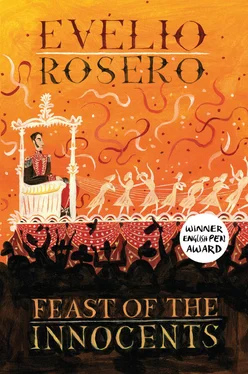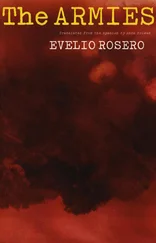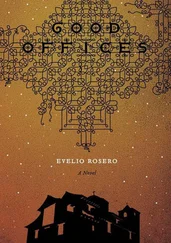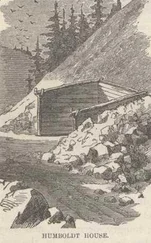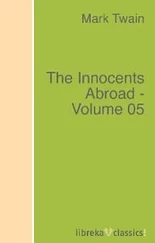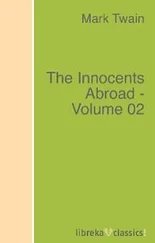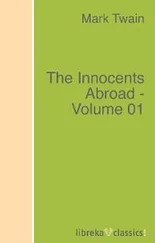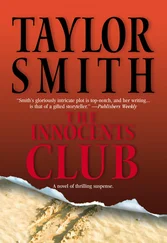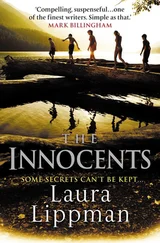He came to, stretched out on a sofa, Maestro Cangrejito looming over him.
“What happened?” he managed to ask.
“They took ‘The Battle of Bomboná’ and ‘Time of the Rifles,’” Maestro Cangrejito said.
They were two of the best reliefs of the War of Independence in Pasto.
“It’s not the first time my work’s been stolen. Last time they took some carvings, I didn’t know how or when, and I discovered by chance they were selling them in Cali. I bought them myself: I asked where I might find the artist of such good carvings and they told me he’d already died, that I had died; and another time I found a lost statue in the parish church of a priest I know: he told me quite shamelessly that he’d fallen in love with it like with a statue of the Virgin; it was of a black woman in the act of taking her dress off over her head: the good priest had her well hidden away among the plaster angels in the sacristy. But I must admit, Doctor, this is the first time they’ve robbed me like this: with violence, as if they hated me as well as stealing from me — did they hurt you? There were five of them, it wasn’t easy to stop them, they wanted to set fire to the studio, they’d brought a can of petrol with them; I don’t know what would have happened if the other tenants of the house hadn’t come to my aid — good people, firm friends: the two Chepes, Jaime, Franco, Nene, Marco, Pacho and Muñeco — the party’s over, Doctor, look how they left the place.”
The studio was turned upside down, sculptures scattered about, broken in half. At least the one of General Piar was still in one piece, the doctor noticed. The large table, where the tools were, seemed to have been destroyed.
“That’s where I threw one of those goblins,” Cangrejito said, “I must have broken at least six of his ribs.”
Doctor Proceso began to worry. It was possible the attack was something more than a simple robbery: Cangrejito Arbeláez had heard about the float from maestros Tulio Abril and Martín Umbría; no-one else in the whole of Pasto could know about it, so what had happened? Common robbery? A veiled threat? Was the governor, were the authorities, involved? Impossible, he told himself, it would be too soon.
“Let’s imagine it was a coincidence,” the doctor said as he left, “but send whatever you make to my house, and at my expense, as you go along. I want to see it all, check it before putting it up on the float. What are we going to do now, for example, about the stolen reliefs?”
“Out with the old and in with the new,” the sculptor said. “I’ll make them again, and even better.”
“I congratulate you,” the doctor said. “It’s not often you find such enthusiasm among artists. Generally speaking, they kill themselves, one is led to believe.”
They both smiled, looking at each other steadfastly: was that a challenge?
“I’m not the suicidal type, but who knows, one of these days,” the maestro responded. “Who hasn’t thought about it, at some time or other?”
“Several times, in my case, and without being an artist,” the doctor said. I hope I can go on chatting with this man in the future, he thought, he laughs and his face says the opposite. Then he said goodbye: “Send every piece to my house, you’ll be better protected.”
Why did I say that — he asked himself later on — how can I guarantee it? Could his house really be considered safe , with Primavera and General Aipe hanging around? The things he said. Why did he promise these people the earth?
His head hurt, but he plucked up courage from where he did not have it and, disillusioned, negotiated Pasto’s chilly streets, cluttered with debris from the fiesta. He was going to Maestro Abril’s workshop, in the far-flung hamlet.
There, in the midst of labouring artisans throwing jokes back and forth, among jugs of chicha and platters of roast pork, by shelfloads of tools, surrounded by the din of children, barking dogs fighting, shouting, banging, hammer blows, by the smell of varnish, amid the onslaught of clouds of sawdust, Bolívar’s carriage was beginning to take shape.
The promised payment was already a fiesta in advance.
For a moment the doctor was overcome with the fear that no-one would complete it after all, that a mob of drunks would end up sleeping around the unfinished float. But he cheered up when he noticed that the former Furibundo Pita was every inch the Liberator Simón Bolívar, enthroned on the float, dressed in his blue-and-red uniform from head to toe, the gold and medals, the crown on his temples. Of the twelve girls dressed as nymphs who rose up, immense, hauling the chariot, three were perfect in every detail: the blue faces, innocent laughter playing on their lips, their delicate arms reddened by the leather straps, their backs bent from the effort of pulling the carriage on which Bolívar lounged. They were like flesh-and-blood girls, lively and happy beneath the swags of paper roses around their wavy hair — the roses the people rained over them.
Maestro Abril and Martín Umbría, up aloft on a pile of building materials, were directing the positioning of a huge polystyrene dove that would fly around the float, a snowy dove with a stain on its breast like a drop of blood in the shape of a heart. The two maestros toasted and conversed in shouts with the doctor, without deigning to descend from the summit; they calmed him down — the robbery was not as serious as it seemed, they said, pure coincidence.
“Nobody here has talked, nor will they until you wish it,” Umbría said.
Doctor Proceso was watching the women, the children — likely reckless mouthpieces for the embryonic float. He wanted his float to be made public, fearlessly, in the parade on January 6, and then let the sky fall in; he would know what to do by then. But a sticky situation in advance, without the float having seen the light of day, made him nervous.
Zulia Iscuandé was even more distrustful, approaching the doctor to ask if he had yet put in a claim with Furibundo Pita concerning the payment. The maestros did come down from their peak then, and even the children fell silent.
“You’ll get that money,” Doctor Proceso said. “You can work without risking a thing. If the drunk doesn’t pay up for the float, I will, with all my heart.”
The answer surprised the artisans, but also reassured them, for the doctor spoke in all seriousness; he was, what’s more, a doctor: he had his finca , he had money, he had rich patients who paid him.
And, just like on Innocents’ Day, they filled him with roast pork, cheese and sweetcorn, and above all with chicha , and once again they sent him off at eleven o’clock at night, smelling of varnish and glue, tripping over himself, they waved goodbye with the roar of a general cheer and toasted his health; they did not seem hopeless drunks and, what was certain, the float was still there, growing in front of them all.
On the night of Friday, December 30, Doctor Justo Pastor Proceso López was more worried than ever; it was no coincidence, the whole of Pasto was in the know, he confirmed this when the guests arrived at his house, at seven on the dot: Professor Arcaín Chivo, or “the Philanthropist,” famous for his miserliness, Mayor Matías Serrano, called “the One-Armed Man of Pasto”—though missing no limbs — and Monsignor Mon-túfar, the bishop, better known as “the Wasp,” all very well informed about the float under construction.
“You’re going to get into trouble,” they warned him, each in their own way.
The doctor felt put out. He had anticipated telling them things from the beginning, with his motives well backed up, in order to win unconditional support. Now all he saw, looking back at him from the armchairs in the living room, were sceptical faces, expressing a sorrowful irony.
Читать дальше
